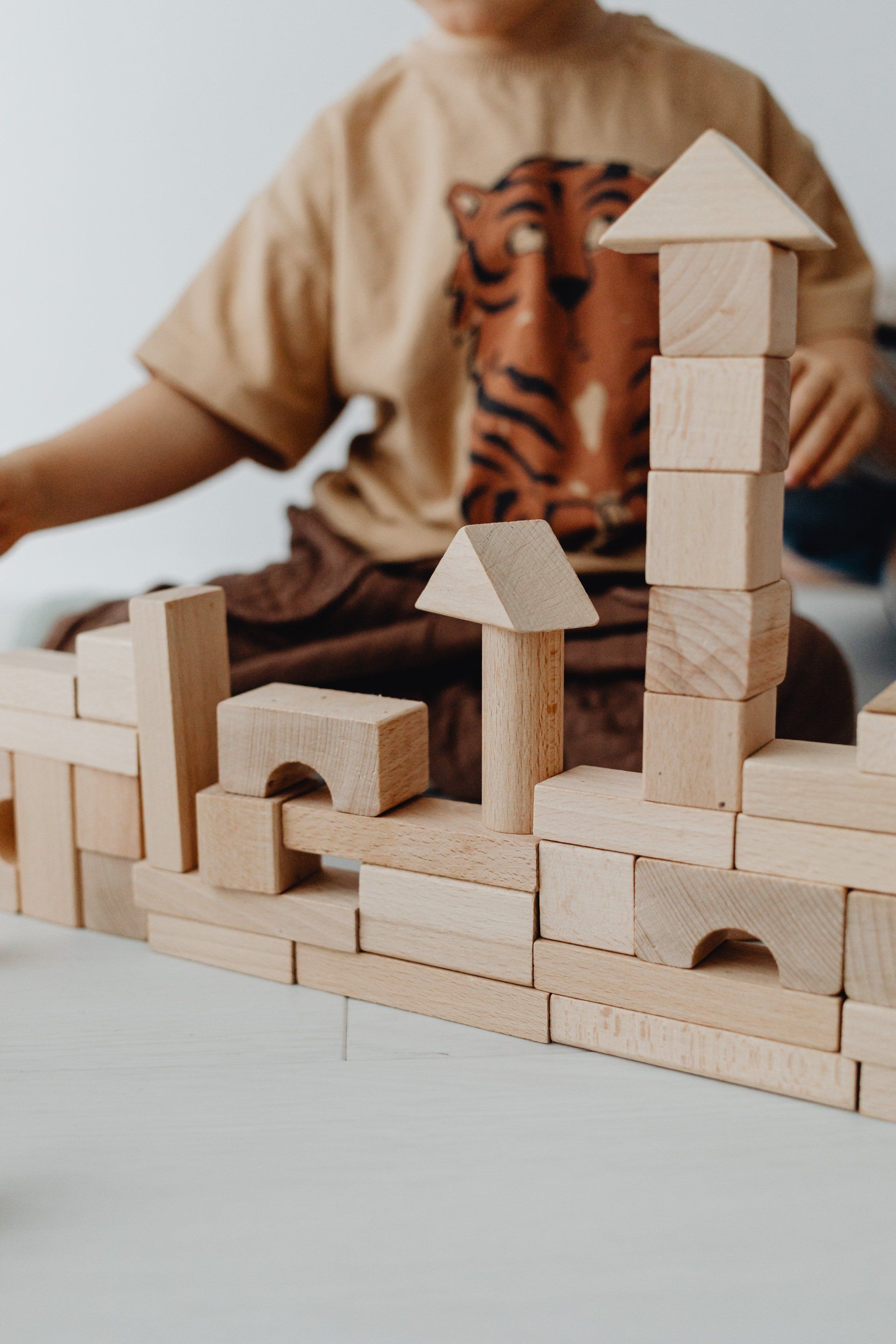How many hours does it take to build a website?
What's the Time Investment for Creating a Website?
The digital footprint of a business is more crucial than ever, and a website is at the heart of this presence. However, one of the most common questions asked by businesses and individuals alike when venturing into new or redesigned websites is: How long does it take to build one? The answer is not straightforward, as several variables influence the duration of website development. This exploration into the time investment required for creating a website will provide insights for those considering this significant step, regardless of your location, be it Carson City, Nevada, Sacramento, California, or beyond.
Understanding the Scope
The complexity and scope of the website play the most significant roles in determining the time frame for its development. A simple, static website for a small business or portfolio might take fewer hours compared to a complex e-commerce site or a platform with custom interactive features.
Simple Websites
For basic websites without complex functionalities, such as blogs or small business websites with a few pages, the development can range from 30 to 50 hours. This includes planning, design, content creation, and development.
Complex Websites
More intricate websites, like those for larger businesses, e-commerce platforms, or sites requiring custom coding and multiple integrations, can take anywhere from 100 to 500 hours or more. The range is broad because it accommodates various features, such as payment processing, product pages, user authentication, and personalized user experiences.
The Development Process
Breaking down the website development process helps in understanding where the time goes:
Planning and Strategy (10-20%)
The initial phase involves defining goals, target audiences, and the website's structure. It's crucial for aligning the website's design and functionality with the business's objectives. This stage includes creating wireframes and sitemaps and can take a considerable portion of the total time, especially for more complex sites.
Design (20-30%)
Designing the website's visual elements—such as layout, color schemes, typography, and images—requires collaboration between designers and the client. For simpler sites, this might take a few days to a couple of weeks, while more complex projects could take several weeks or more.
Content Creation (10-20%)
Content is king, and creating engaging, SEO-optimized content takes time. This includes writing text, producing videos, and creating or sourcing images. The more content your website requires, the longer this phase will last.
Development (30-40%)
Turning the design into a functioning website involves front-end and back-end development. This stage is the most time-consuming, especially for sites requiring custom functionality.
Testing and Launch (10-15%)
Before going live, the website must be thoroughly tested across different browsers and devices. This phase ensures all elements work correctly and the site is optimized for performance and security.
Training and Maintenance
Once the website is launched, time is needed for training on how to manage the website, followed by ongoing maintenance and updates. While not part of the initial build, this is an essential consideration for time investment.
Factors Influencing Development Time
- Custom Design vs. Templates: Using a template can speed up the design phase but might not meet all specific requirements.
- Content Readiness: Having content ready before development starts can significantly reduce the timeline.
- Revisions and Feedback: The number of revisions during the design and development phases can extend the project duration.
- Integration and Functionality: Custom functionalities, third-party integrations, and e-commerce capabilities require additional development time.
Realistic Timelines
For businesses in areas serviced by companies like Lila Moon's Creative Works, setting realistic timelines is crucial for a successful website launch. Communicating your needs and understanding the process can help set expectations:
- Small to Medium Projects: 4 to 8 weeks
- Larger, More Complex Projects: 12 to 24 weeks
The key to a smooth development process is clear communication, timely feedback, and a strong partnership between the client and the development team.
Conclusion
Creating a website is a substantial investment in time and resources. The duration of building a website can vary widely based on its complexity, functionality, and the quality of the process. For businesses in Carson City, Nevada, Sacramento, California, and similarly diverse markets, understanding these factors can help in planning and executing a web development project that aligns with strategic goals. Working with a skilled and experienced team like Lila Moon's Creative Works ensures that this time investment results in a website that truly represents your brand and meets your audience's needs.
Remember, the time spent developing your website is an investment in your business's future, laying the foundation for your online presence and success in the digital world.



